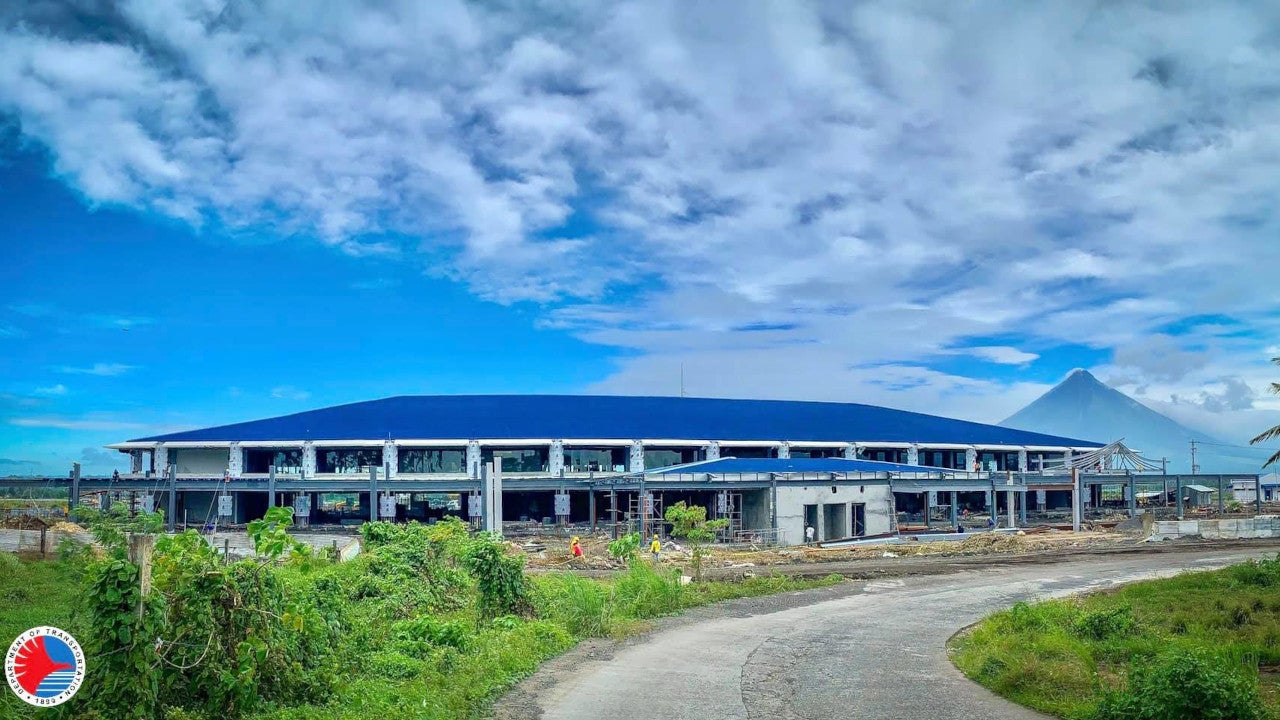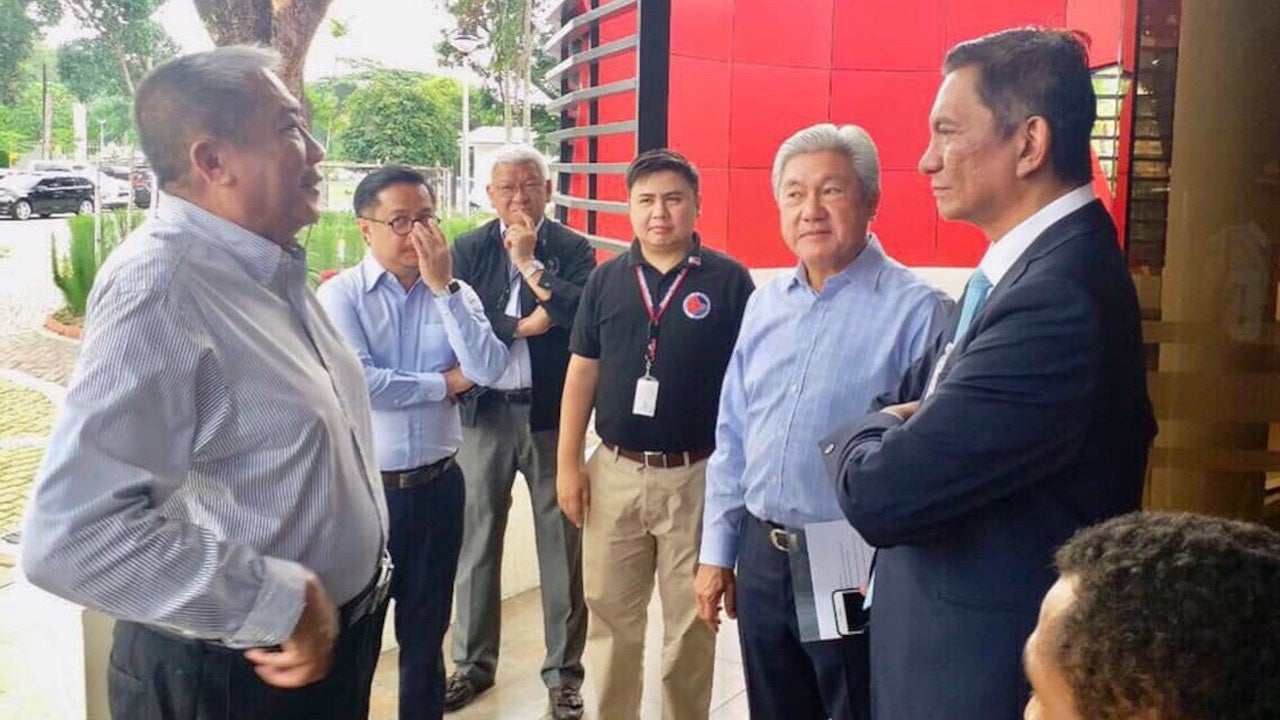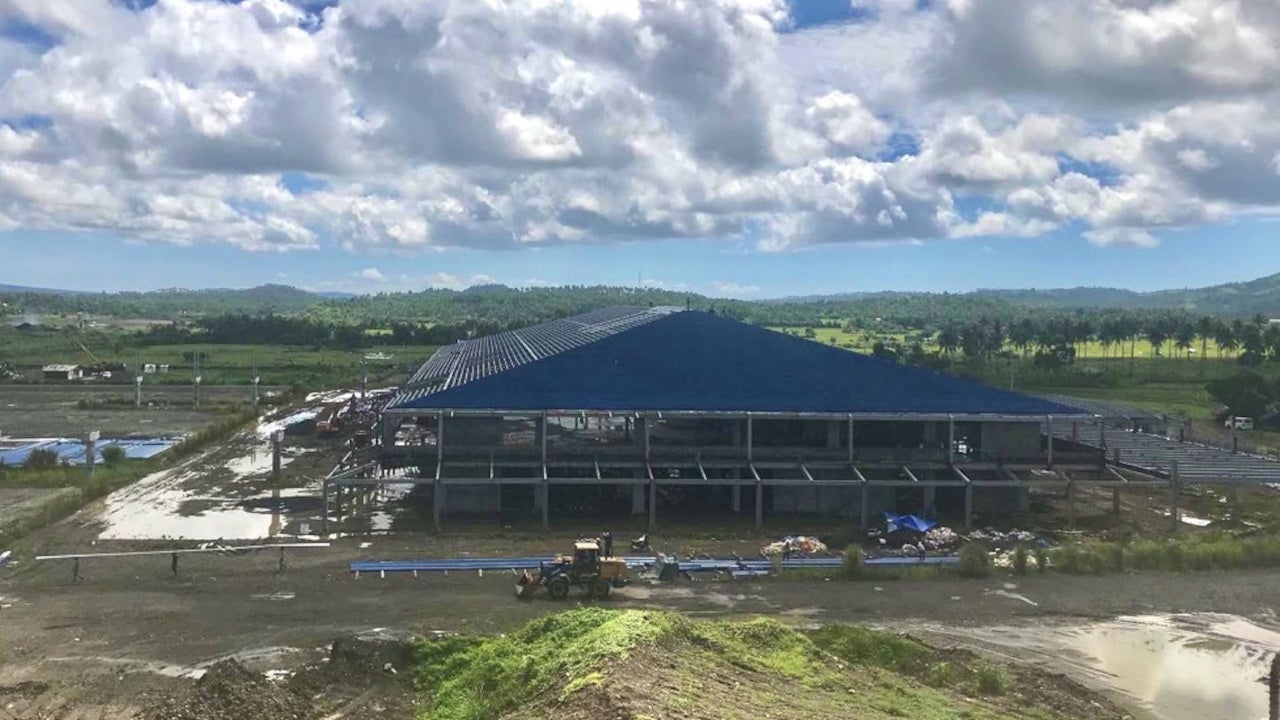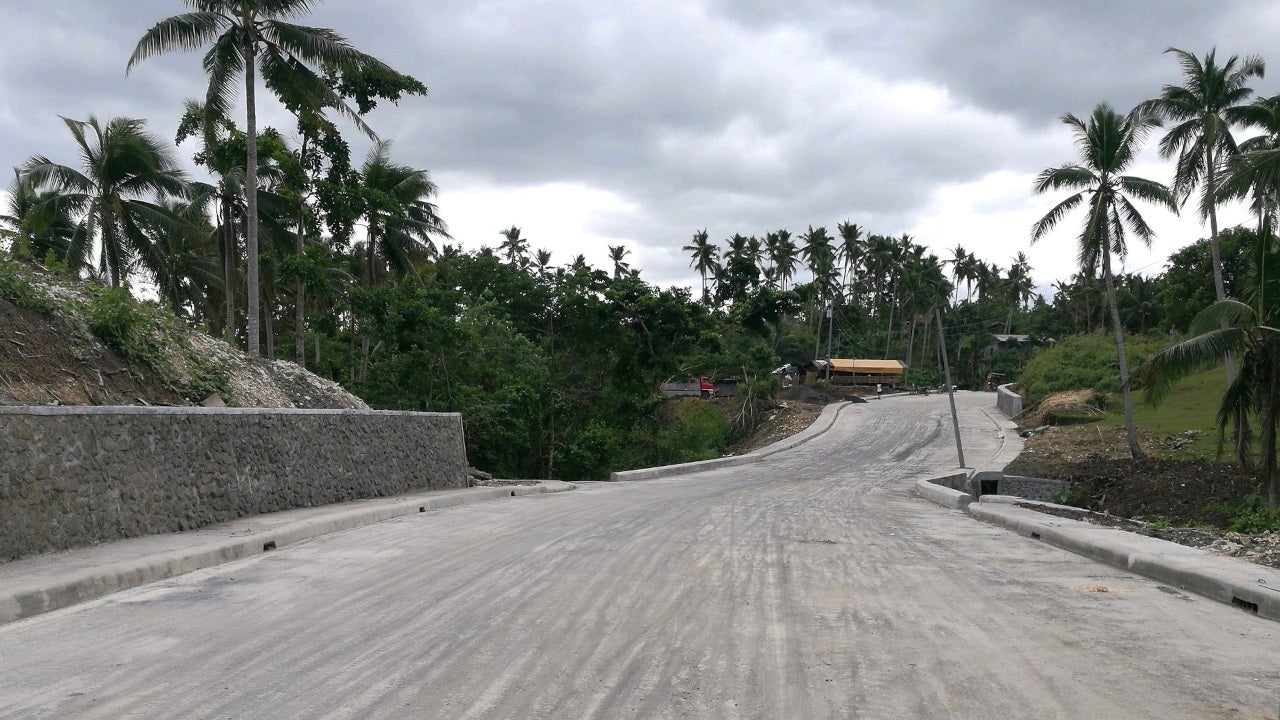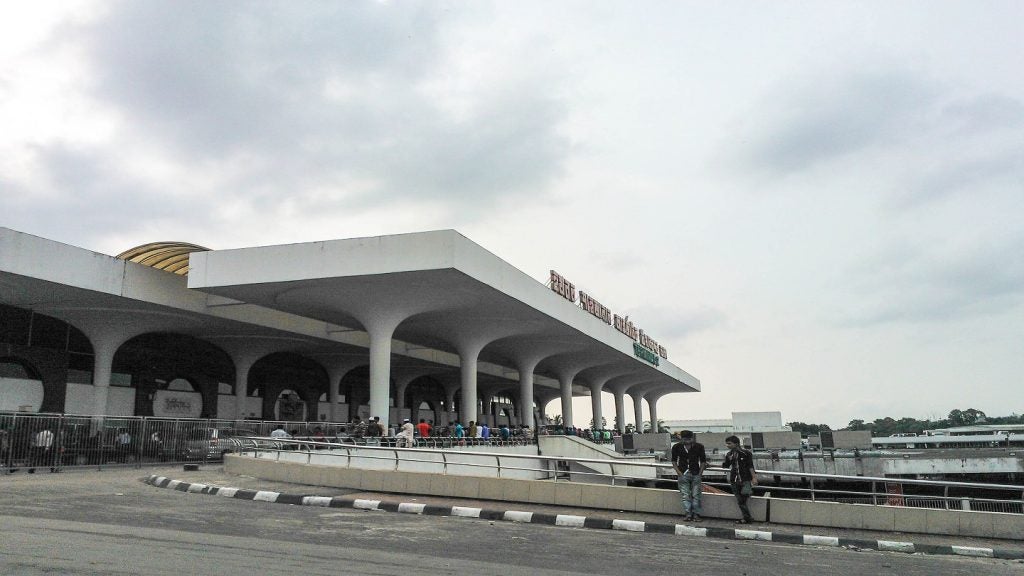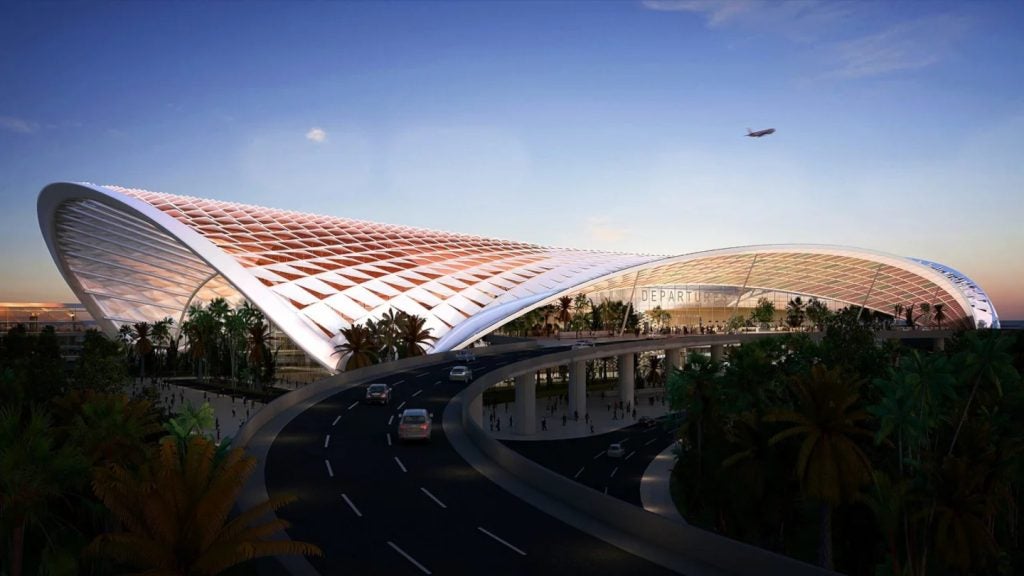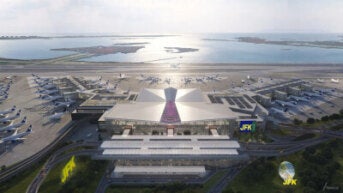Bicol airport is a new international airport being built to serve Legazpi, the capital city of the Albay province, Philippines. Being developed by the Philippine Government’s Department of Transportation (DOTR), the airport is claimed to be the most scenic gateway in the country.
Set to replace the existing Legazpi City Airport, the new international airport in the Philippines will accommodate larger aircraft and more passengers. It is an important part of the government’s Build, Build, Build programme that seeks to develop infrastructure projects in the country with an investment of $180bn over six years.
Bicol international airport (BIA) will have an annual passenger handling capacity of two million. The total investment in the airport construction is approximately PHP4.8bn ($93.21m).
Expected to become fully operational in 2021, the new airport will support air traffic in the region amid the Covid-19 pandemic and help the government reach its target of 20 million tourists a year.
Bicol international airport project background
The pre-feasibility study of the new international airport began in 1996, while the notice to proceed with the project was awarded in July 2009.
Pre-construction activities of the project including those of the apron, runway, taxiway and fences were completed in 2012. The project budget was later returned to the national treasury, resulting in a huge delay in the construction programme.
In May 2016, Albay Governor Al Francis Bichara directed the DOTR to make modifications in the feasibility plan to comply with international standards.
The construction works began formally with a ground-breaking ceremony for the PHP708m ($14.24m) landside facilities (Project 2A) work in December 2016. Construction of the passenger terminal building (Project 2B) started in 2017.
Bicol airport design and features
The airport has the iconic Mayon Volcano, an active stratovolcano, in the background. Landside facilities being built under package 2A include the administration, air traffic control, and maintenance buildings.
Airside facilities of the new airport will feature a 7.5km perimeter road and a 7km perimeter drainage along with detention pond.
BIA will also be equipped with navigational aid such as meteorological equipment and airport security systems in package three.
The airport will have a new passenger terminal building spanning 13,680m² with a 486m² arrival/departure lounge. The project also covers a 2.3km-long runway that will be able to accommodate larger aircraft.
Construction works
The Department of Public Works and Highways (DPWH) completed the construction of the Iluluan-Manawan section of the road that provides access to the airport in March 2020. The section is part of the ongoing Guinobatan-Camalig-Daraga-Legazpi (GuiCaDaLe) road network project.
The 360m-long Iluluan-Manawan road section involved the construction of a 530 linear meter reinforced concrete deck girder (RCDG) with lined canal in Camalig town. Approximately 72.2% of the construction of the airport was completed, as of January 2021. The progress of package 2A was at 88.2%, while that of package 2B was at 49.5%.
Contractors involved
Sunwest Construction and Development is responsible for the package 2A construction works, which include the airport’s landside facilities.
Construction company EM Cuerpo is handling package 2B, which covers the construction of the passenger terminal building, runway extension, taxiway, and other site development works.

